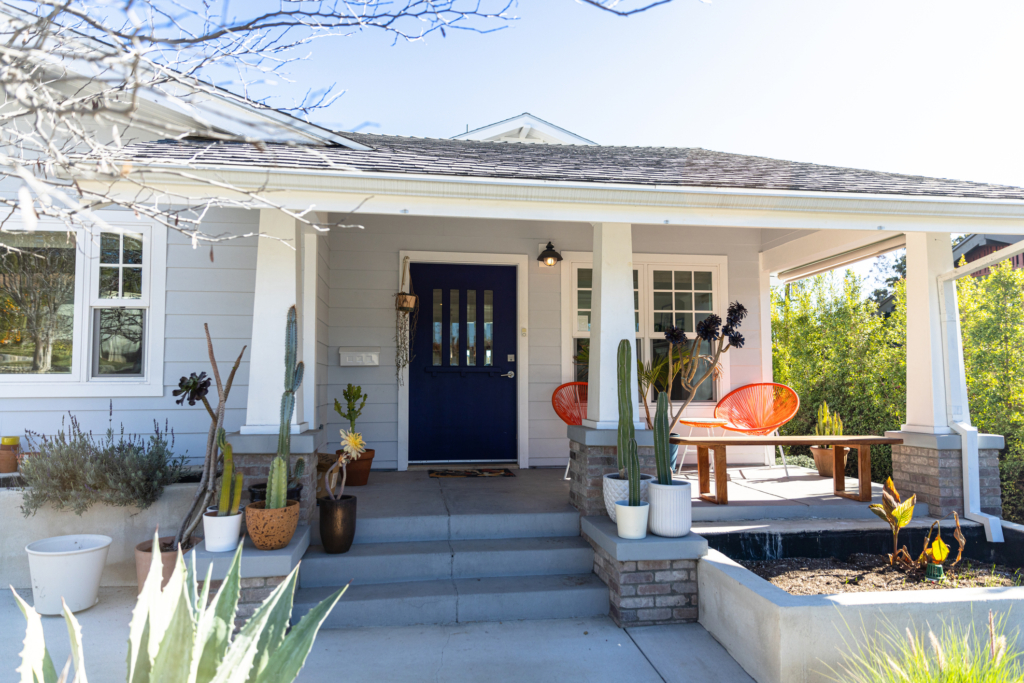With Buyers Sidelined, Affordable Listings Climb to Highest Level Since 2022
Housing markets across the country are becoming more buyer-friendly, but affordability hurdles continue to hold many would-be buyers back

Housing markets across the country are becoming more buyer-friendly, but affordability hurdles continue to hold many would-be buyers back

For first-time buyers, the housing market finally feels like it’s cracking open a little. More homes on the market are within reach of a median-income household than at any time in nearly three years, giving buyers more choices and a bit more leverage.
But affordability hurdles remain steep, keeping many would-be buyers from seizing that opportunity. A typical mortgage payment has more than doubled in the past five years, keeping many renters from making the leap to ownership. Sellers, meanwhile, are seeing homes linger on the market longer, and a record number (27.4%) cut their list price in July.
Affordable listings are surging. In July, roughly 439,000 homes for sale were affordable to a household earning the median income — meaning they would spend no more than 30% of their earnings on the total monthly payment, including the mortgage, taxes, insurance and maintenance. That’s a 20% jump since last year and the biggest total since August 2022.
The jump in affordable listings is directly tied to a rebound in inventory overall. There were more homes for sale in July than in any month since November 2019.
Despite the higher count, less than a third (31.7%) of listings in July were affordable to a median-income household. That’s roughly in line with last year (31.1%) and far below July 2020, when more than half of listings were affordable (53.7%). This means that overall affordability has not meaningfully improved, even if there are far more affordable listings for a median-income household to choose from.
Affordable new listings show a slight improvement, a signal that it’s not only stale leftovers making up the pool of affordable homes. In July, 33.7% of new listings were affordable to a median-income household, up from 32.4% a year ago. Sellers may be adjusting to today’s more buyer-friendly environment, pricing homes more competitively to help buyers over the affordability hurdle.
Affordability looks very different depending on where you live. While the housing market is becoming friendlier to buyers just about everywhere, that transition is happening at different speeds in different regions.
More than half of listings are affordable to median-income households in Buffalo (55.1%), St. Louis (54.5%), Pittsburgh (54.3%), Detroit (52.8%) and Cleveland (50.1%). Sellers generally continue to hold the upper hand in these markets and others across the Midwest because of this affordability advantage. More buyers are able to afford homes, leading to more competition for each listing.
Major coastal markets typically have the smallest share of affordable listings, with Los Angeles at the bottom with just 3%. The picture is similarly bleak for median-income households in San Diego (6.4%), Providence (9.1%), Sacramento (11.3%), San Jose (11.4%) and Boston (11.9%).
The most buyer-friendly markets can be found across the Sun Belt. Compared to a year ago, the share of affordable listings has grown the most in Austin (+7.9 percentage points), Phoenix (+6 percentage points) and Orlando (+4.9 percentage points). Builders have kept up with demand better in the South, helping inventory grow and price pressure ease.
Zillow forecasts home values will fall by about 1% nationwide this year. However, getting the typical U.S. home affordable to a median-income household would take much more. Mortgage rates would need to drop to 4.43% or home values would need to fall 18% — either of which would likely follow a serious slowdown in the economy and heavy job loss.
The only sustainable path to improve affordability is to build more homes. The nationwide housing deficit has grown to 4.7 million homes, which is the root of the affordability crisis. Policies that allow more homes to be built more quickly can help.